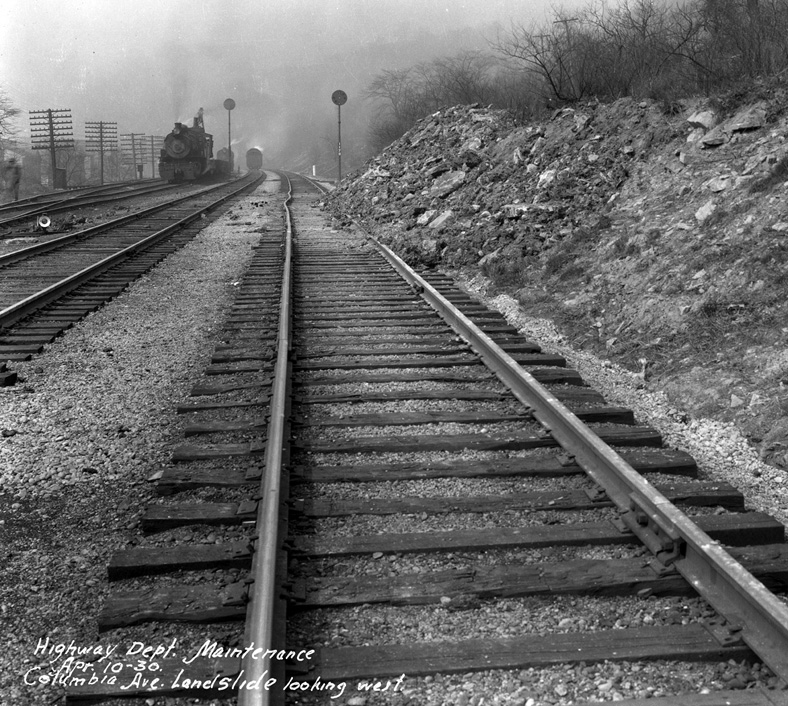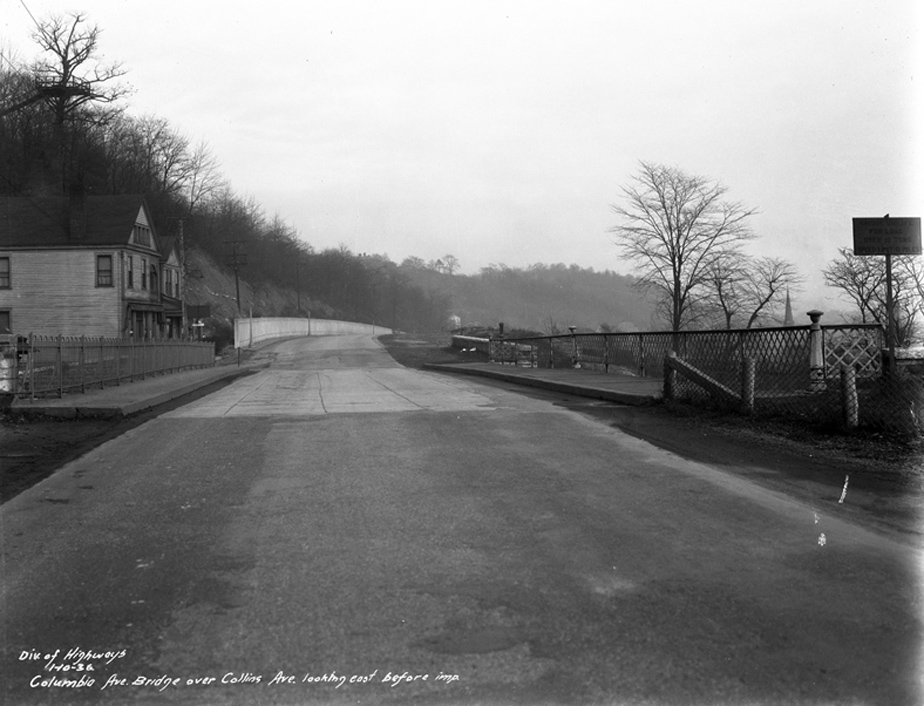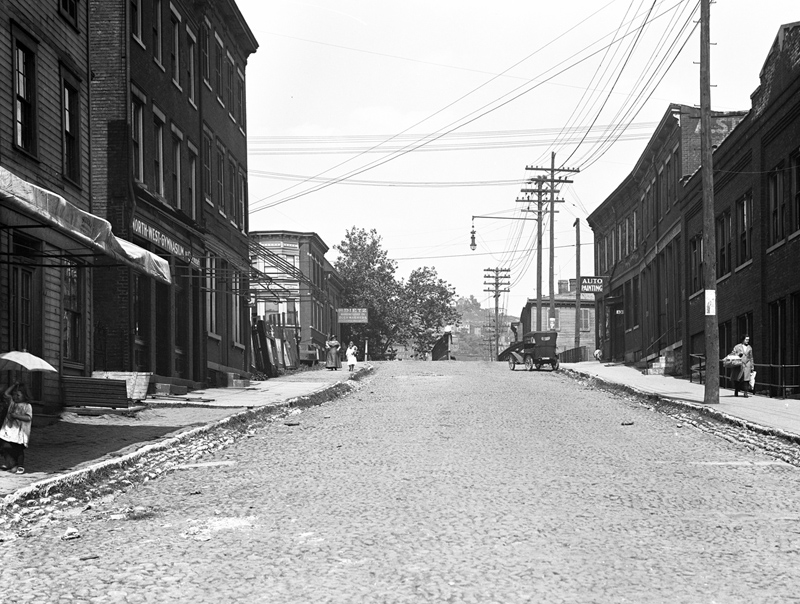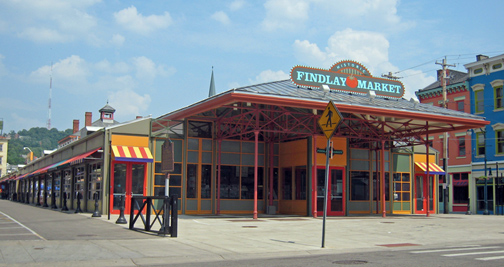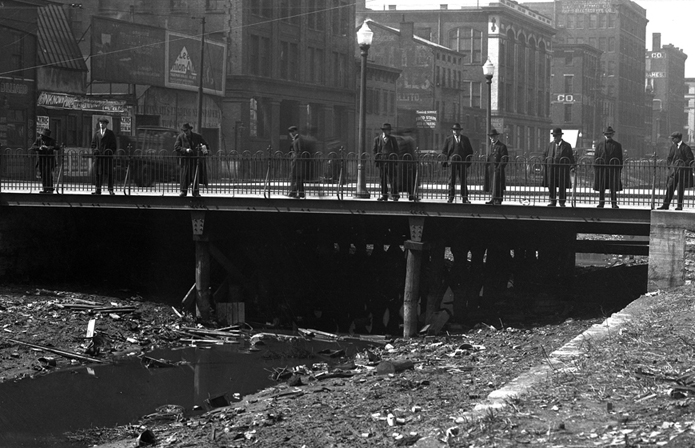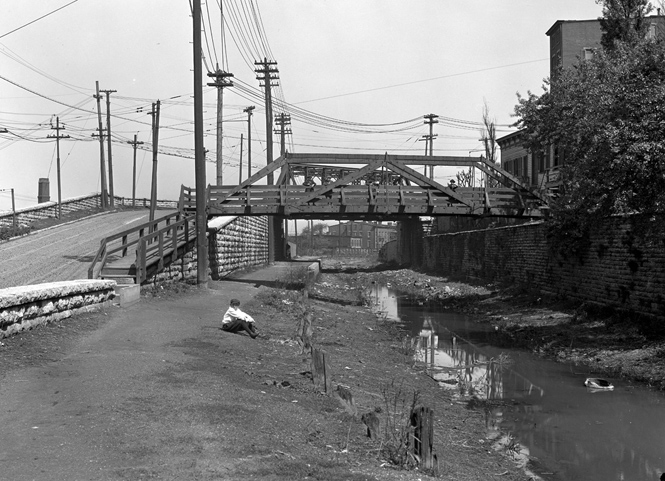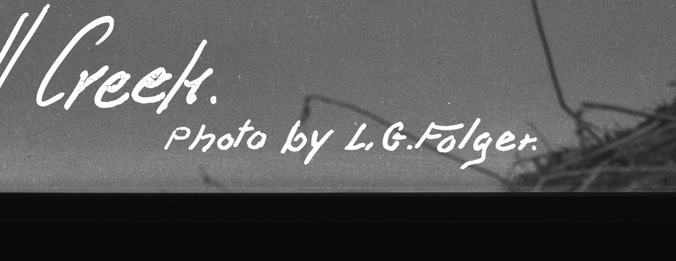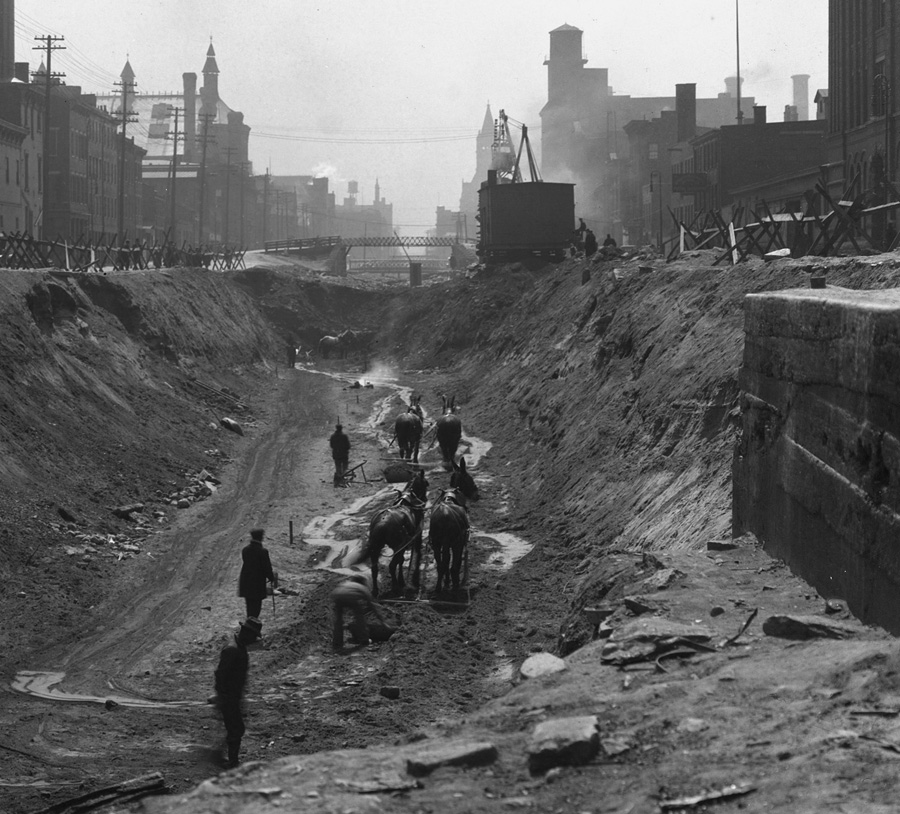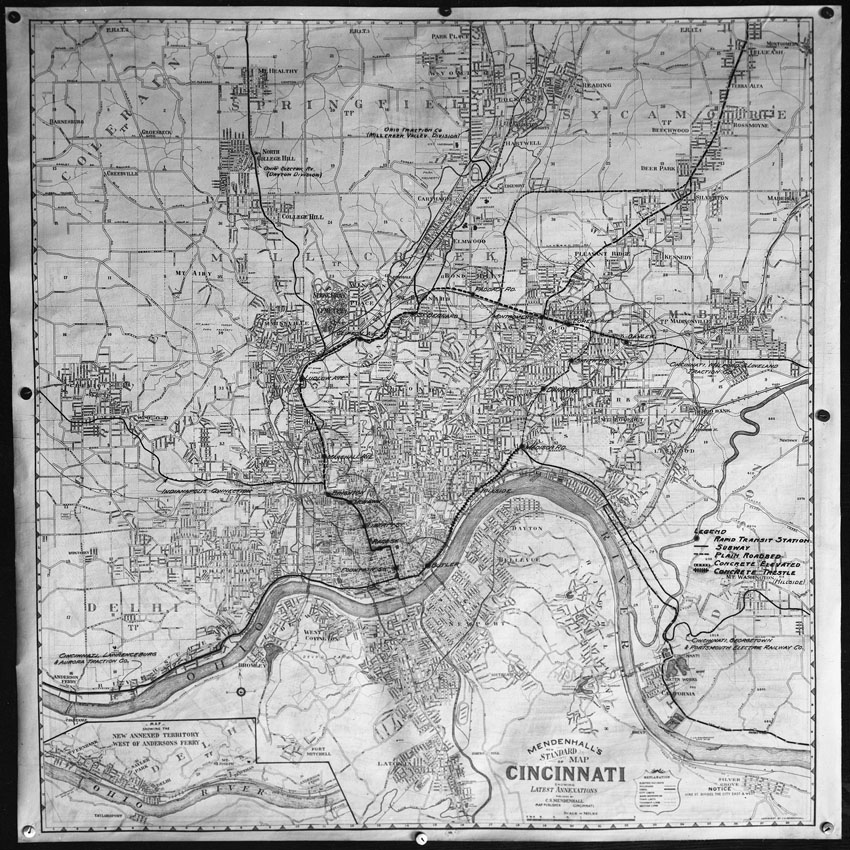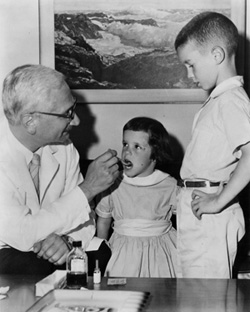 The University of Cincinnati Libraries have completed a three-year project to digitize the correspondence and photographs of Albert B. Sabin, developer of the oral polio vaccine and distinguished service professor at the University of Cincinnati’s College of Medicine and Children’s Hospital Research Foundation from 1939-1969.
The University of Cincinnati Libraries have completed a three-year project to digitize the correspondence and photographs of Albert B. Sabin, developer of the oral polio vaccine and distinguished service professor at the University of Cincinnati’s College of Medicine and Children’s Hospital Research Foundation from 1939-1969.
The collection is freely and publicly available via the Albert B. Sabin website at http://sabin.uc.edu/ and includes approximately 35,000 letters and accompanying documents totaling 50,000 pages of correspondence between Sabin and political, cultural, social, and scientific leaders around the world. Also included are nearly 1,000 photographs documenting the events and activities worldwide that were part of Sabin’s crusade to eradicate polio. Continue reading

